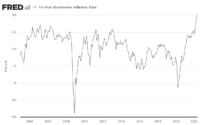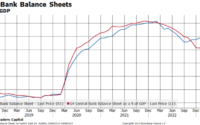US Power Grid Needs Trillions in Upgrades to Accommodate Renewable Energy Demands
In August, California announced the end of fossil fuel-powered car sales by 2035, prompting green energy advocates to celebrate.
However, flex alerts followed the announcement just days later, asking Golden State residents to avoid charging their electric vehicles during peak hours. Lack of compliance with the measure meant widespread blackouts due to the additional strain on the electrical grid.
The ironic turn of events underscores a massive problem facing renewable energy as demands for green technologies continue taxing the antiquated U.S. power grid.
Even using nuclear energy as a crutch, the cost of upgrades needed amounts to $4 trillion, according to a WoodMac estimate. Without nuclear power, that price tag bumps up another half a trillion dollars.
Another tally suggests the cost of electrical grid upgrades could be as high as $7 trillion.
In May, the administration of President Joe Biden announced a $2.5 billion investment to modernize and upgrade the nation’s electrical system as part of the Building a Better Grid Initiative.
The spending package totals $20 billion but represents just a fraction of what’s needed to achieve Biden’s green energy goals.
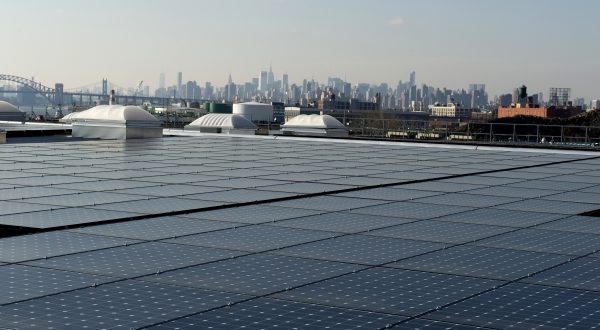
“The electric grid is not currently designed to accommodate large amounts of renewable energy,” Alan Duncan told The Epoch Times.
Duncan is the founder of Solar Panels Network USA, and is well acquainted with power grid challenges. He explained that more than one variable contributes to the need for an upgraded grid, making renewable energies genuinely sustainable.
One factor is the way the grid is structured and dispatches energy.
Another is that renewable sources aren’t currently considered reliable.
Intermittent Supply Spells Trouble
“This is because it’s intermittent, and it can be impacted by several factors, including weather conditions,” Duncan said.
Illustrating this, millions of Texans suffered power outages during a brutal winter storm in February 2021. Subsequently, the subzero tempest triggered a heated debate within the energy community about how fragile renewables are within the context of severe weather incidents.
This is despite the Lone Star state government spending more than $80 billion of federal subsidies over the course of a decade. Moreover, roughly $1.5 billion per year is also spent on state subsidies for renewable energy.
Regardless of how much money is being thrown at it, insiders maintain renewables haven’t caught up to the reality of powering a country like the United States.
Much of this has to do with the narrative surrounding green energy. For many, the concept of totally renewable power means going fully electric. However, this is an ill-fated approach, according to some.
John Murphy is a member of the Clean Energy Jobs Coalition in New York (CEJC) and the international representative of the United Association of Journeymen and Apprentices of the Plumbing and Pipefitting Industry.
He told The Epoch Times changing the goal to decarbonization—not electrification—can take pressure off the beleaguered power grid.
Murphy explained the government of New York mandates that 70 percent of the state’s power must come from green energy sources by 2030. By 2040, the state’s goal is zero carbon emissions.
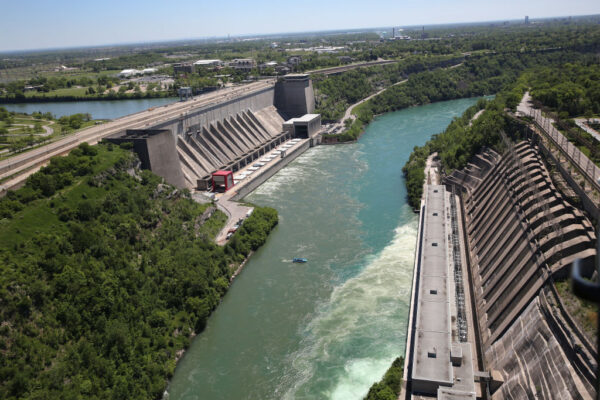
“We’re looking at seven-and-a-half years out, and we’re not even close,” he said.
At present, less than 19 percent of New York’s energy comes from renewables.
Like others at the CEJC, Murphy says there needs to be a plan, not a ban, on supplemental energies until it’s possible to phase them out.
“There’s a place for renewables, but we need every resource available to us for the transition.”
Yet there’s opposition to using supplemental energies like natural gas and nuclear power amid the conversion phase.
Paradoxically, much of this comes from environmentalists, who cling to an “all or nothing” vision for green energy.
Much of the government legislation has also been built around this narrative, which Murphy says stacks the deck against true and lasting decarbonization.
And to decarbonize, he says more power plants are needed.
“We don’t have enough generating capacity as they’re trying to shut power plants down. Those plants are 50 years old,” Murphy said.
There’s also the peak hour demand issue, which has been a major stumbling block for renewables up to this point.
Supply Versus Demand
Demand wildly exceeds the supply capacity on the renewables front. Globally speaking, available green energy sources was estimated to grow by 35 gigawatts between 2021 and 2022. Though at the same time, power demands were forecasted to hit 100 gigawatts.
That means more flex alerts and blackouts aren’t just possible, but likely.
“For example, extreme cold can cause problems because people use more energy to heat their homes. This puts a strain on power plants and can lead to blackouts.
“Other weather events like hurricanes, wildfires, and severe storms can also damage power lines and disrupt service,” Duncan explained.
He also believes these problems won’t be limited to certain seasons. Extreme weather phenomenon year round is putting considerable strain on America’s creaking power grid as the demand continues to skyrocket.
Just before the summer heatwaves hit this year, the North American Electric Reliability Corporation released an assessment that said multiple regions of the United States, including the upper Midwest, Texas, and California, were inching closer toward energy emergencies.
The announcement became a harbinger, as summer blackouts affected multiple cities and states.
And it all circles back to sky high demand, especially at certain hours of the day.
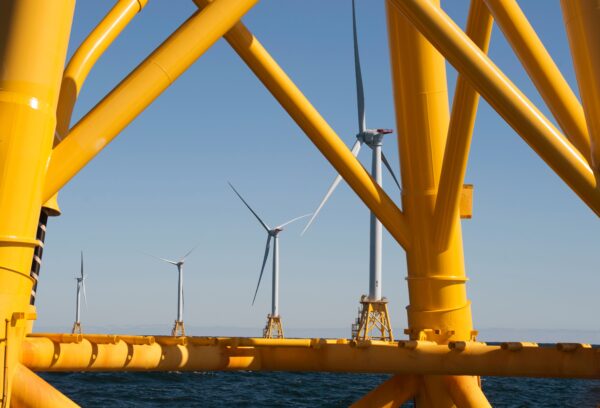
“Peak demand hours for electric utilities are like rush hours. The peak demands occur at predictable times, usually during very hot or very cold temperatures when air conditioners and heating systems are working at their maximum,” author and energy expert, Jill Tietjen, told The Epoch Times.
Tietjen began a career in energy back in 1976 and currently sits on the board of directors of Georgia Transmission Corporation.
She elaborated that during peak energy consumption hours, people shouldn’t plug-in electric vehicles literally anywhere. Tietjen also noted that at one point, talk of smart chargers for electric cars was on the table, but it hasn’t come to fruition.
On the flip side of the power demand challenge is the lack of storage capacity.
“Energy storage is absolutely necessary to help the electric grid make the transition to more renewable energy,” Tietjen said.
Murphy concurred a lack of energy storage is a “huge problem.”
There’s also the timing imbalance between peak demand and renewable energy production, which is known within the industry as the “duck curve.”
Tietjen illustrated that you get solar energy when the sun is shining and wind power when it’s blowing. However, renewable sources don’t necessarily generate enough power during peak usage times.
She says that the duck curve puts strain on the electric grid because solar and wind energy are intermittent.
Both Murphy and Duncan acknowledge that power transmission is a significant piece of the energy puzzle in making renewables more reliable.
Pointing out that even green energy leaders like Denmark won’t completely phase out fossil fuels for nearly 30 years, Murphy said we need to “work with what we got” and set realistic transition goals.
In the meantime, that means using non-renewable sources as a crutch to avoid further power grid issues.
“This will continue to be a problem for decades in many months of the year,” Tietjen said.
[ad_2]
Source link

